1. Market Prediction
Artificial intelligence enhances market prediction by processing vast amounts of historical and real-time financial data to identify patterns that humans might miss. Machine learning models can analyze diverse indicators (prices, economic metrics, global news) in combination, improving the accuracy of forecasts for asset price movements. By delivering data-driven predictive insights, AI systems enable traders and investors to anticipate market trends and adjust their strategies proactively. This leads to more informed decision-making, as AI can continuously learn from new data and refine its predictions over time. Overall, AI’s ability to model complex, non-linear relationships in financial markets helps reduce uncertainty and gives market participants a forward-looking edge in portfolio positioning.
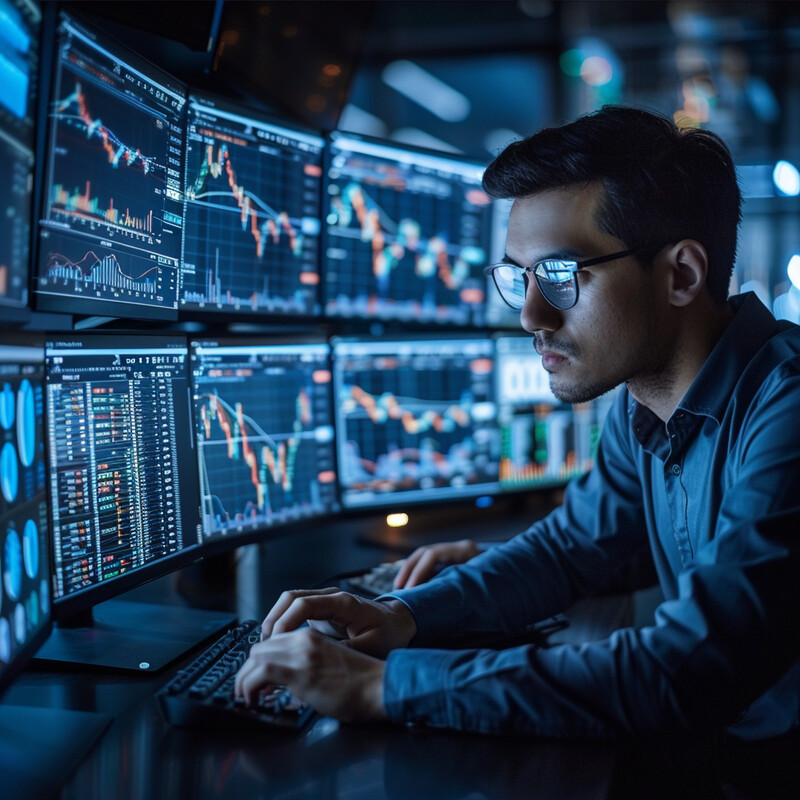
A 2023 industry survey found that 9 out of 10 hedge fund traders planned to use AI to help achieve better returns (“achieve alpha”) in their strategies. This high adoption rate underlines how prevalent AI-driven market prediction has become among professional traders seeking a competitive advantage.
2. High-Frequency Trading (HFT)
AI plays a crucial role in high-frequency trading, where algorithms execute a large number of orders at extremely high speeds. By leveraging AI, trading systems can react to market signals in microseconds – far faster than any human – to exploit tiny price discrepancies. These AI-driven HFT algorithms continuously scan multiple markets and assets, making split-second decisions to buy or sell based on pre-defined strategies and real-time data. The result is increased trading volume and liquidity, as AI can capitalize on opportunities (such as arbitrage or short-lived inefficiencies) that exist only for fractions of a second. However, this speed also demands robust risk controls, as AI can amplify trades rapidly; thus, oversight is needed to ensure stability even as HFT algorithms make markets more efficient.
-1.jpg)
In the United States, high-frequency traders now account for over half of all trading volume in equity markets as of 2023. This indicates that AI-driven and algorithmic strategies dominate market activity, with more than 50% of trades by volume being executed through automated high-speed algorithms rather than human traders.
3. Risk Management
AI improves risk management in trading by enabling more dynamic and accurate analysis of risk factors. Machine learning models can continuously monitor portfolios and market conditions, identifying emerging risks (such as volatility spikes or correlation changes) in real time. This allows financial institutions to adjust exposures promptly – for example, reducing a position if an AI model detects an elevated probability of a market downturn. AI-driven risk systems also aggregate diverse data (market prices, economic indicators, news sentiment, etc.) to provide a holistic risk view that traditional models might overlook. By recognizing complex patterns that signal risk (like subtle shifts in credit spreads or liquidity), AI helps risk managers and traders preempt potential losses. Overall, AI introduces a proactive approach to risk management, shifting from static periodic checks to continuous monitoring and predictive alerts for better capital protection.
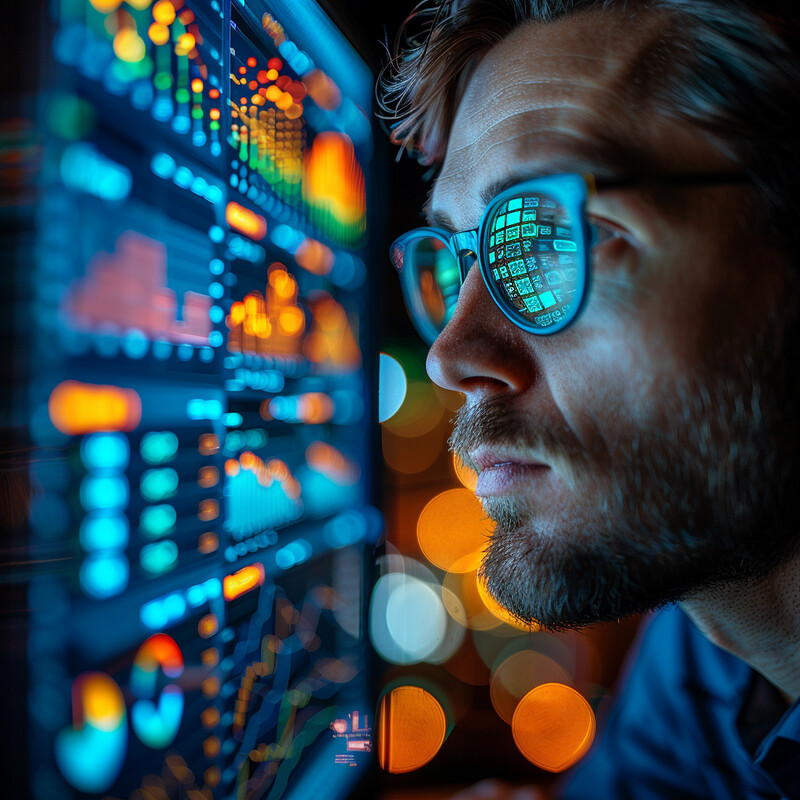
According to a recent KPMG survey, 68% of financial services firms report that applying AI in risk management and compliance functions is now a top strategic priority. In other words, well over half of banks and financial institutions are prioritizing AI-based tools to enhance how they identify and mitigate risks, reflecting the finance industry’s strong focus on AI for risk and regulatory oversight.
4. Automated Trading Strategies
AI enables the development of automated trading strategies by analyzing large datasets and learning what has worked historically. Through techniques like machine learning and simulation, AI systems can back-test various trading rules on past market data, then optimize those strategies for performance metrics such as returns or risk-adjusted returns. These AI-generated strategies can adapt to changing market regimes; for example, the algorithm might automatically adjust its parameters in response to shifts in volatility or correlations. Moreover, AI allows for complex strategies that consider many inputs simultaneously (technical indicators, fundamental data, even alternative data) – something difficult for human traders to manage in real time. By automating strategy formation and execution, AI helps institutions execute trades systematically and without emotional bias, aiming to consistently exploit market opportunities identified through data-driven analysis.
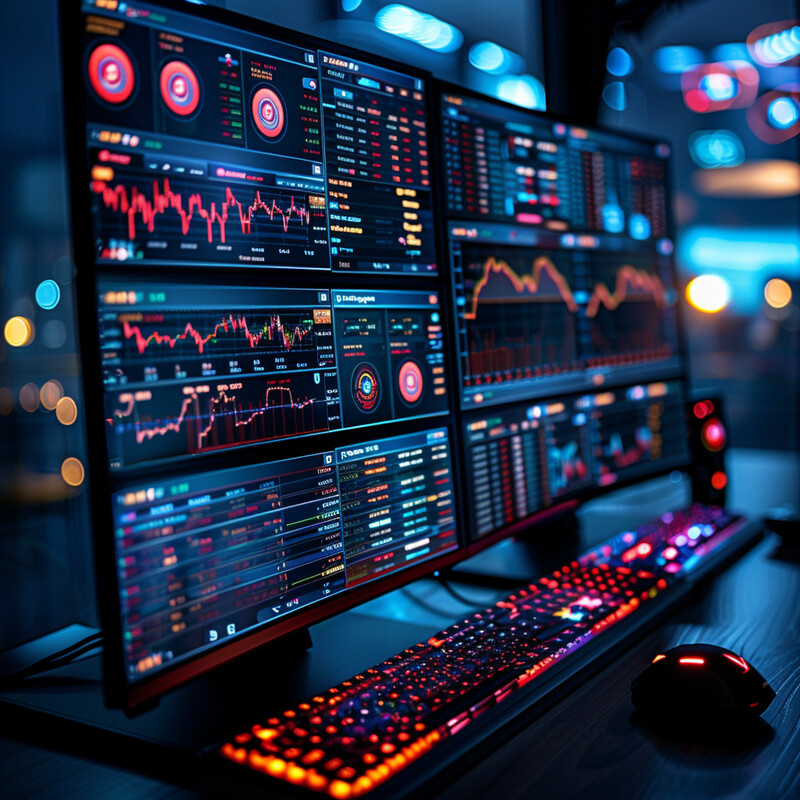
Algorithmic trading – which increasingly incorporates AI – now dominates the equity markets. As of 2023, an estimated 60%–73% of all stock trading volume in the U.S. is executed via algorithms rather than manual orders. This statistic (cited by a Benzinga report using Select USA data) underscores how the majority of trades, especially among large institutions, are generated by automated strategies that can include AI-driven components for decision-making.
5. Sentiment Analysis
AI-powered sentiment analysis has become a valuable tool in trading algorithms by quantifying market sentiment from unstructured data sources. Natural Language Processing (NLP) models can sift through news articles, social media posts, financial reports, and even earnings call transcripts to determine the prevailing sentiment (e.g., bullish, bearish, or neutral) about a stock or the market as a whole. Traders use these sentiment scores to gauge public and investor mood, which can foreshadow market movements – for instance, extremely negative news sentiment might precede a stock price drop. AI allows this analysis to occur in real time and at scale, far beyond what human analysts could manage. By incorporating sentiment insights, trading algorithms can adjust positions or trigger trades to capitalize on sentiment-driven price swings (such as buying when an overreaction drives prices too low, or selling if excessive hype has inflated a price). In essence, AI turns qualitative textual data into quantitative signals for more informed trading decisions.
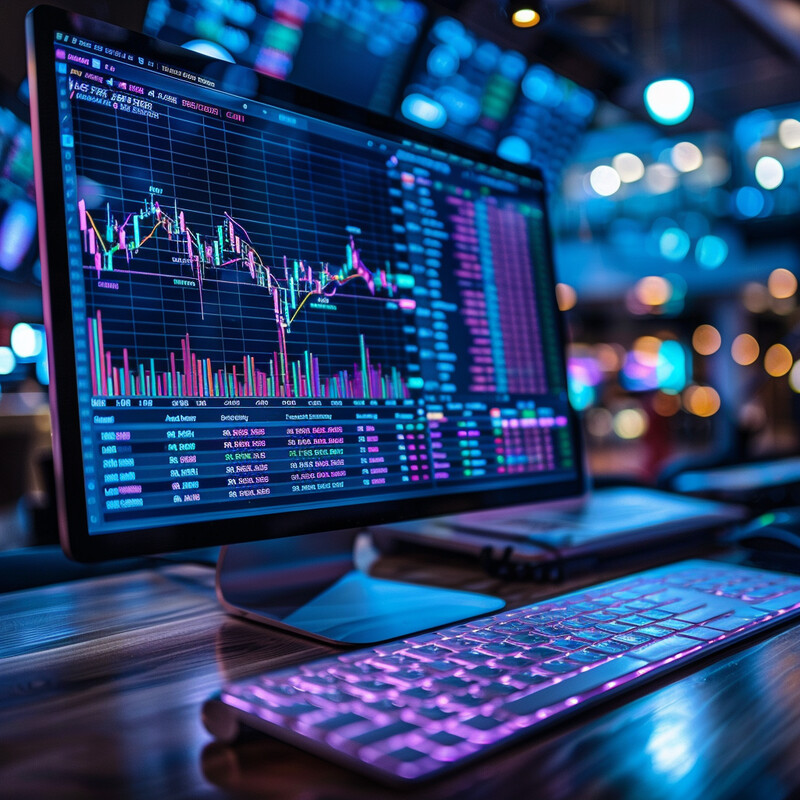
The use of alternative data – including social media and news sentiment – in investment is surging. The global alternative data market, which covers sentiment analytics among other data types, was valued at about $6.97 billion in 2023 and is projected to skyrocket to $88.92 billion by 2029. This rapid growth (over 12-fold increase) reflects how investment firms worldwide are increasingly spending on sentiment analysis tools and other non-traditional data sources to gain an edge in their trading algorithms.
6. Fraud Detection
AI significantly improves fraud detection in financial trading and transactions by recognizing unusual patterns that may indicate fraudulent activity or market manipulation. Machine learning models are trained on historical transaction data and known fraud cases, enabling them to flag anomalies in real time – for example, a sudden sequence of trades that deviates from a user’s normal behavior or an atypical order pattern that could suggest spoofing in markets. Because AI can analyze massive volumes of streaming data across accounts and markets simultaneously, it can detect subtle signals of fraud (like small, spread-out irregular trades that humans might overlook). This leads to faster incident response: suspicious trades can be halted or reviewed before they do damage. AI-based fraud detection systems also continuously learn from new fraud attempts, updating their rules to catch evolving tactics. By augmenting compliance teams, AI helps safeguard market integrity and client assets through more robust and proactive surveillance.
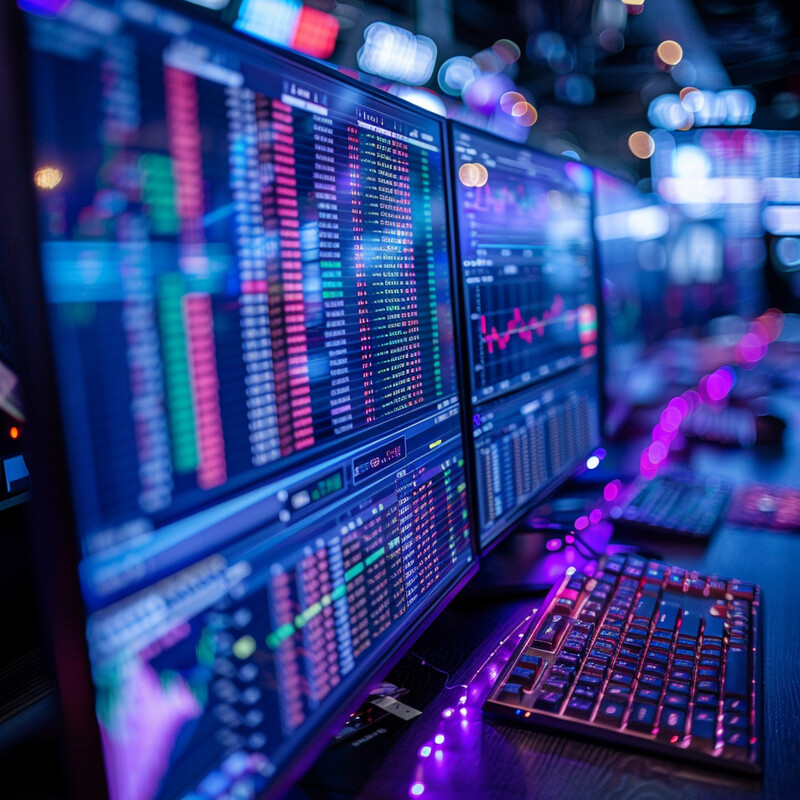
Financial institutions have rapidly embraced AI to combat fraud. By late 2024, 71% of banks and financial firms reported using AI or machine learning for fraud detection, up from 66% just a year prior. This trend, documented in a PYMNTS Intelligence report, highlights the growing reliance on AI tools to spot and prevent fraudulent transactions, especially as faster payment systems and digital banking increase the speed and complexity of potential fraud.
7. Portfolio Management
In portfolio management, AI helps by automating and optimizing investment decisions to better align with an investor’s goals and risk tolerance. Robo-advisors are a prime example: these AI-driven platforms continuously assess market conditions and client preferences, then adjust portfolio allocations (stocks, bonds, etc.) accordingly. The AI can personalize strategies for each investor, balancing assets to maintain the desired risk level or to capitalize on new opportunities (for instance, shifting into more defensive assets if the model predicts rising volatility). AI also performs extensive scenario analysis and stress tests on portfolios much faster than traditional methods, identifying potential vulnerabilities and suggesting rebalancing moves before problems arise. Additionally, by processing streams of financial data and news, AI systems can trigger timely trades (like rebalancing after significant market moves) without waiting for the next human review cycle. All of this means portfolio management becomes more proactive and adaptive – ideally improving returns and managing risks in a way that’s continuously tuned to current market dynamics and the investor’s objectives.
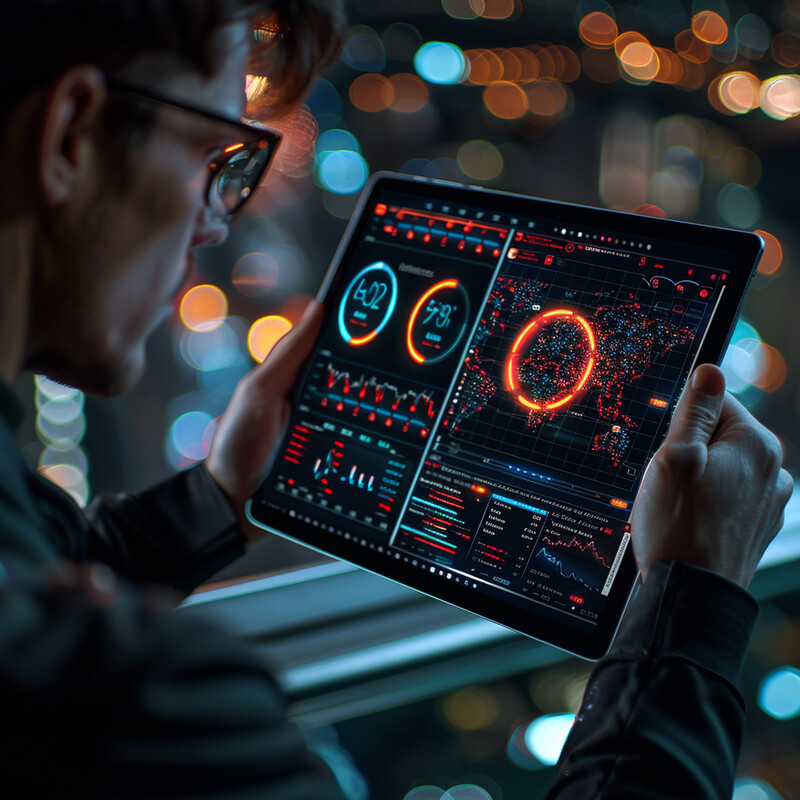
The impact of AI can be seen in the rapid growth of digital, AI-assisted investing platforms. A global survey by PwC in 2023 projects that assets under management via robo-advisors and other AI-enabled platforms will reach nearly $6 trillion by 2027, roughly double the level in 2022. This anticipated boom in AI-managed assets demonstrates how quickly investors are embracing algorithmic portfolio management tools, expecting them to efficiently handle trillions of dollars in the coming years.
8. Optimization of Execution
AI improves the execution of trades by determining the optimal way and time to carry out orders, thereby reducing transaction costs. In practice, this involves smart order routing and execution algorithms: an AI will analyze factors like current market depth, liquidity across different venues, and recent price trends to decide how to split a large order into smaller pieces or when to execute it to avoid moving the market. By doing so, AI-driven execution strategies minimize slippage (the price difference between the intended trade price and the actual execution price) and market impact, which is especially important for big institutional trades. These algorithms can also react instantly to changing market conditions – for example, pausing execution if volatility suddenly spikes – to avoid poor fills. As a result, trades are executed more efficiently and at better average prices. This optimization not only saves money for traders (in terms of tighter spreads and reduced fees) but also contributes to smoother market functioning since large orders are handled in a way that’s less disruptive.

Industry analysts estimate that AI-driven efficiencies in trade execution and other front-office operations translate to enormous cost savings for financial institutions. Business Insider Intelligence projected that by 2023, banks could save around $447 billion through AI applications, with roughly $199 billion of those savings coming from front-office functions like trading and execution (and additional savings in middle-office operations). This figure illustrates the scale of cost reduction and efficiency gains that AI optimization can deliver in trading and related activities.
9. Real-time Analytics
AI provides traders with real-time analytics by quickly processing streaming market data and presenting actionable insights on the fly. In modern electronic trading floors, AI-powered systems aggregate live feeds (stock prices, order book changes, news alerts, etc.) and update analytical metrics in milliseconds. Traders see this as dynamic dashboards or alerts: for instance, an AI system might flash a warning if an unusual trading volume surge is detected or if a portfolio’s risk exposure breaches a threshold given current market movements. The benefit is that decision-makers can respond to market changes immediately rather than waiting for end-of-day reports or manual analysis. AI also helps in real-time strategy adjustments – some algorithms will auto-tune their parameters as new data comes in (for example, widening or tightening stop-loss levels based on current volatility). By ensuring that analytics and performance metrics are always up-to-the-second, AI enables a more agile trading approach, where strategies evolve continuously with the market’s heartbeat.
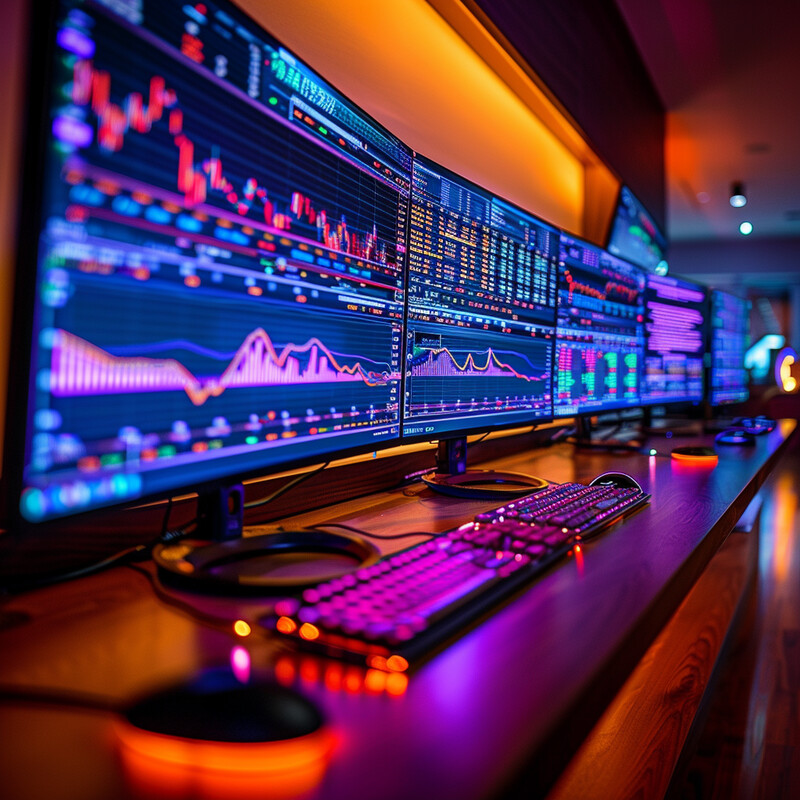
The demand for real-time data processing in finance and other sectors is reflected in the booming real-time analytics industry. In 2023, the global real-time analytics market was valued at about $25 billion, and it is forecast to grow dramatically to approximately $193.7 billion by 2032. This projected expansion (a compound growth rate of over 25% annually) highlights how crucial real-time analytical capabilities – often powered by AI and streaming data technology – have become for businesses, including trading firms that rely on instant analysis of market conditions.
10. Predictive Maintenance of Trading Systems
AI-driven predictive maintenance in trading systems involves monitoring the technical infrastructure (such as servers, networks, and software processes) to foresee potential failures before they lead to outages. Trading operations depend on high uptime and low latency, so even minor hardware glitches or software bugs can be very costly. AI models analyze performance logs, error rates, temperature or load sensors, and other IT operational data to identify patterns that precede a system failure or slowdown. For example, an AI system might learn that a certain sequence of minor server errors tends to culminate in an outage if not addressed. With this foresight, maintenance can be scheduled proactively – replacing or repairing components during off-hours or before peak trading times, rather than reacting after a breakdown. This minimizes unplanned downtime. In short, AI helps firms keep their trading platforms reliable by predicting which components are likely to fail and prompting timely intervention, thus maintaining continuous, smooth trading operations and safeguarding against costly disruptions.

Unplanned downtime in trading can be extremely expensive. Financial firms require near-constant system uptime – in fact, 99.999% (“five nines”) availability is a common target – because an outage can cost huge sums. Industry reports indicate that major financial institutions stand to lose on the order of $9 million (or more) per hour when trading systems go down. This staggering cost per hour of downtime (based on analyses of trading floor outages) underscores why predictive maintenance powered by AI is so critical: by preventing even a few minutes of outage, AI systems can save firms millions of dollars and avoid damage to their reputation and operations.